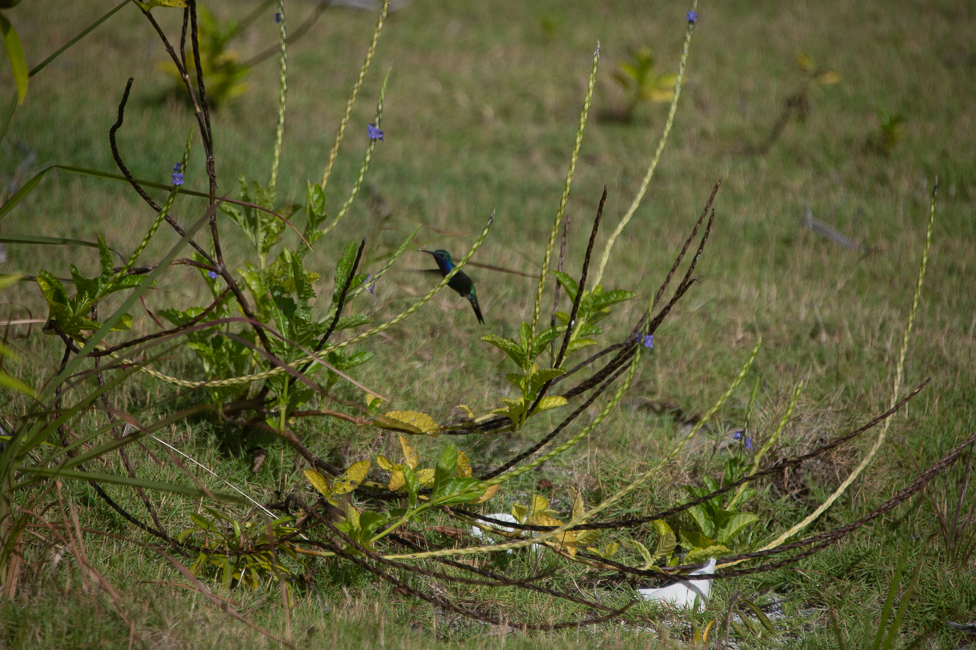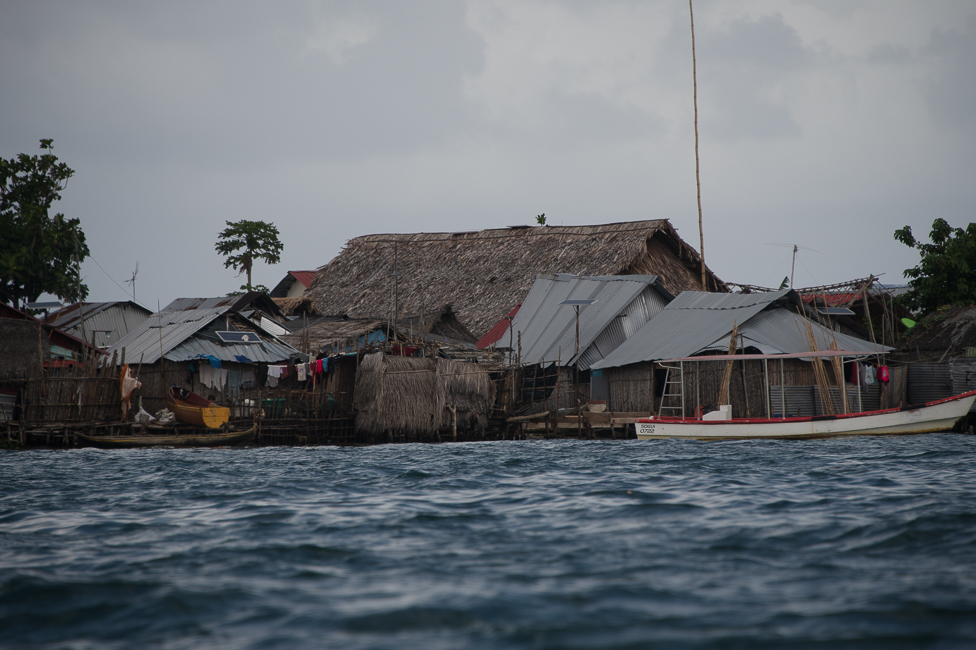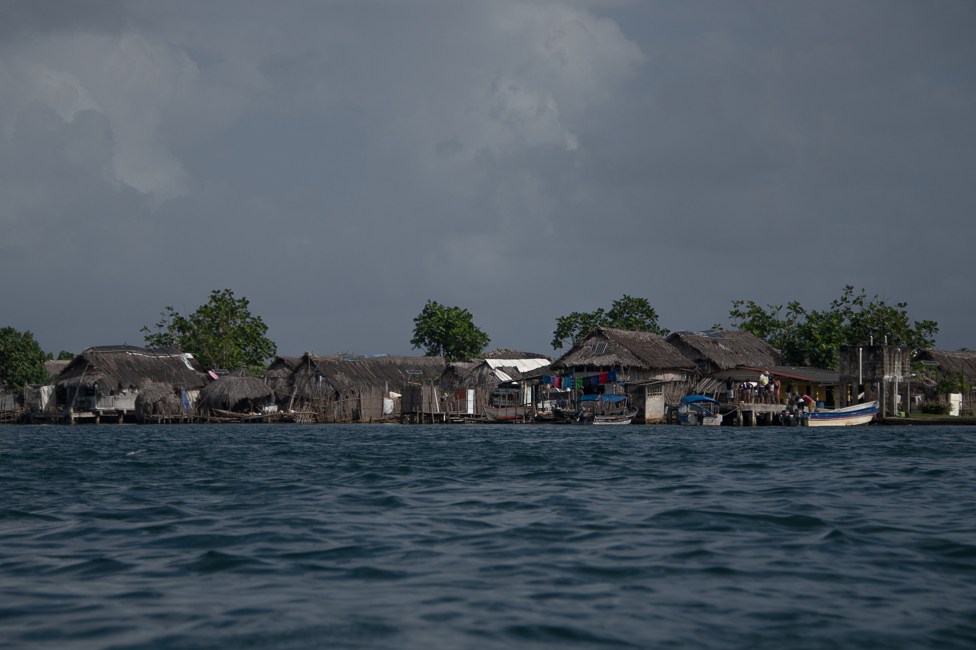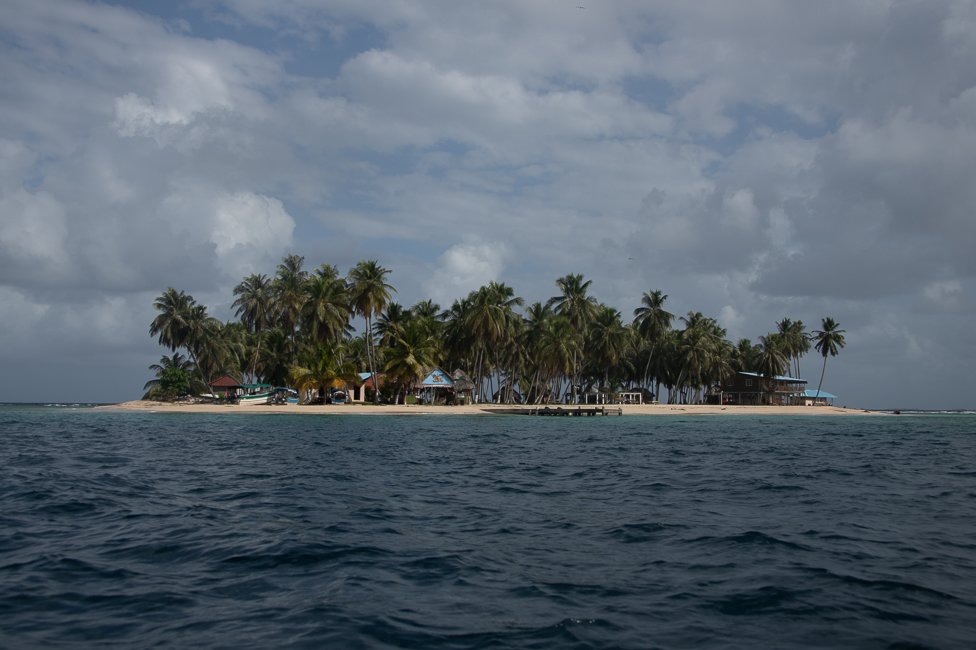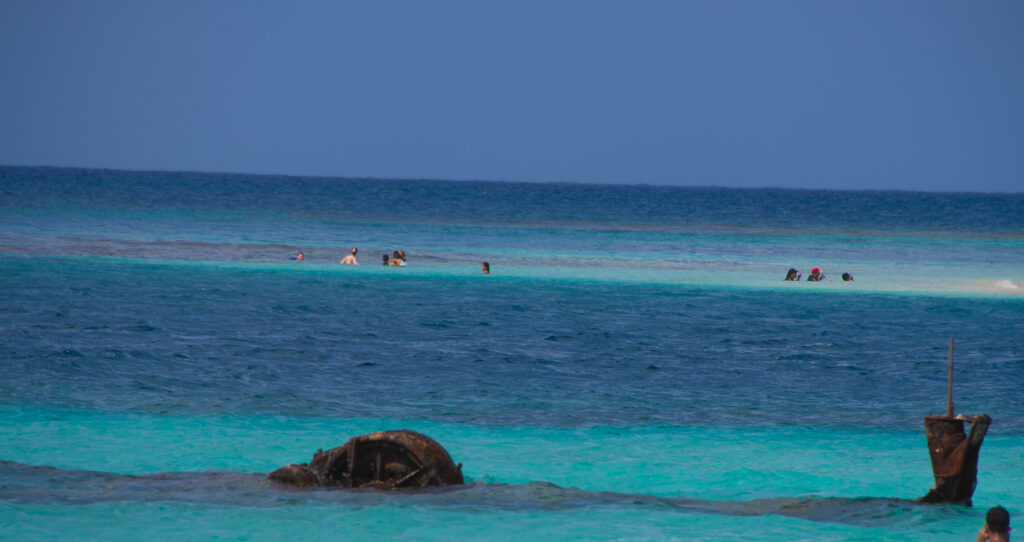January 2022
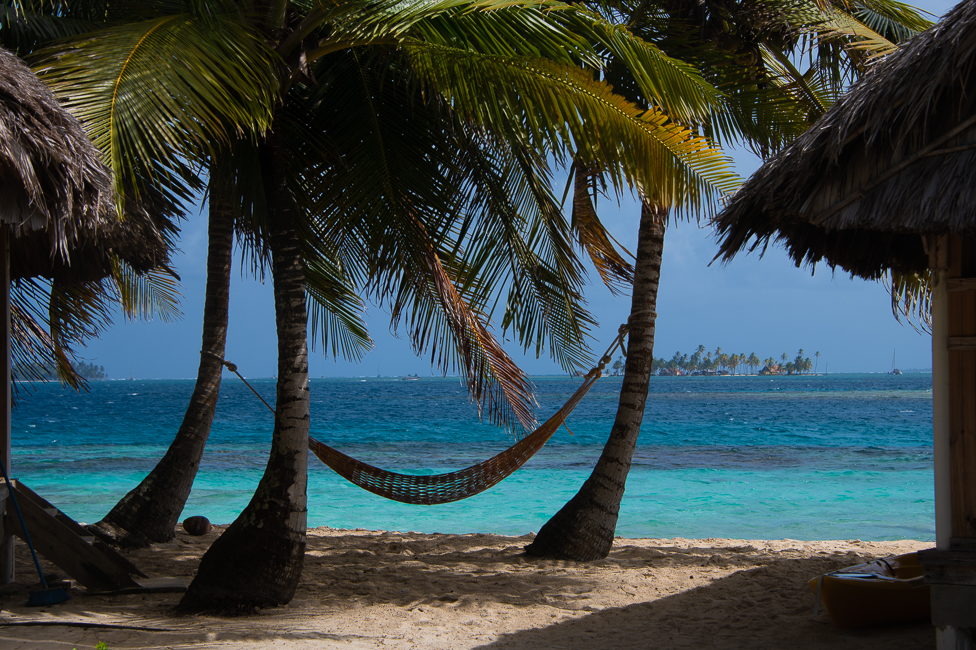 My first stop in Panama was the San Blas Islands. The accommodations were booked as a primitive over the water hut, which is exactly what they were.
My first stop in Panama was the San Blas Islands. The accommodations were booked as a primitive over the water hut, which is exactly what they were.
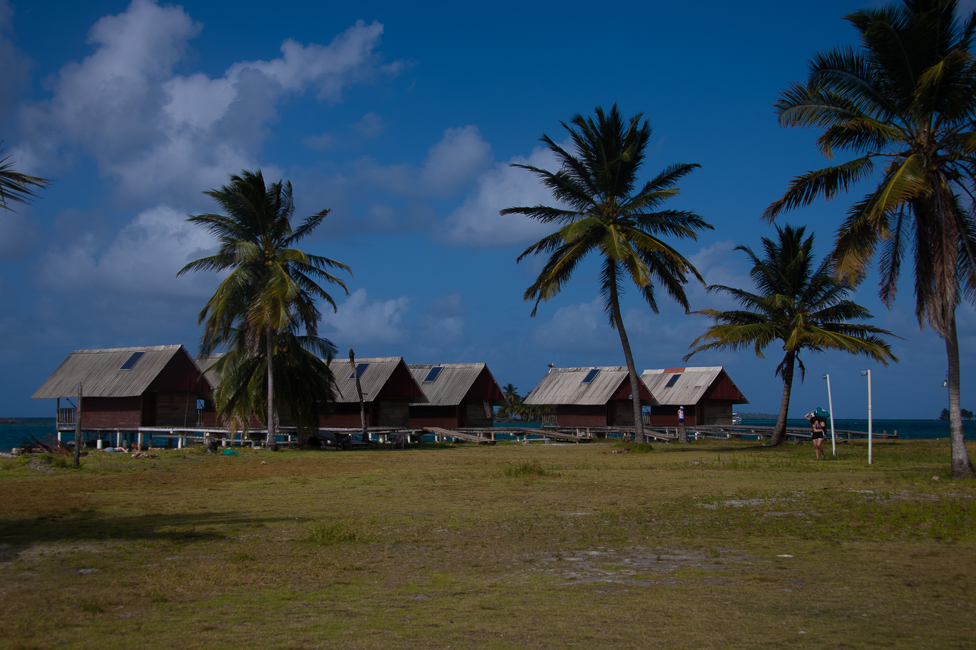 The huts are comfortable to sleep in, and delightful to just laze on the back deck. The walls do not reach the ceiling, so the gentle sea breezes flow through and lull you to sleep. The sound of the water, and the power of the water gently rolling the huts are also, rather than frightening, a very soothing aid to sleep.
The huts are comfortable to sleep in, and delightful to just laze on the back deck. The walls do not reach the ceiling, so the gentle sea breezes flow through and lull you to sleep. The sound of the water, and the power of the water gently rolling the huts are also, rather than frightening, a very soothing aid to sleep.
It is wrong to call these the San Blas Islands, the name was given to the archipelago by the Panamanian government because the region bordered the Golfo de San Blas. The indigenous people call the islands Guna Yala or Kuna Yala.
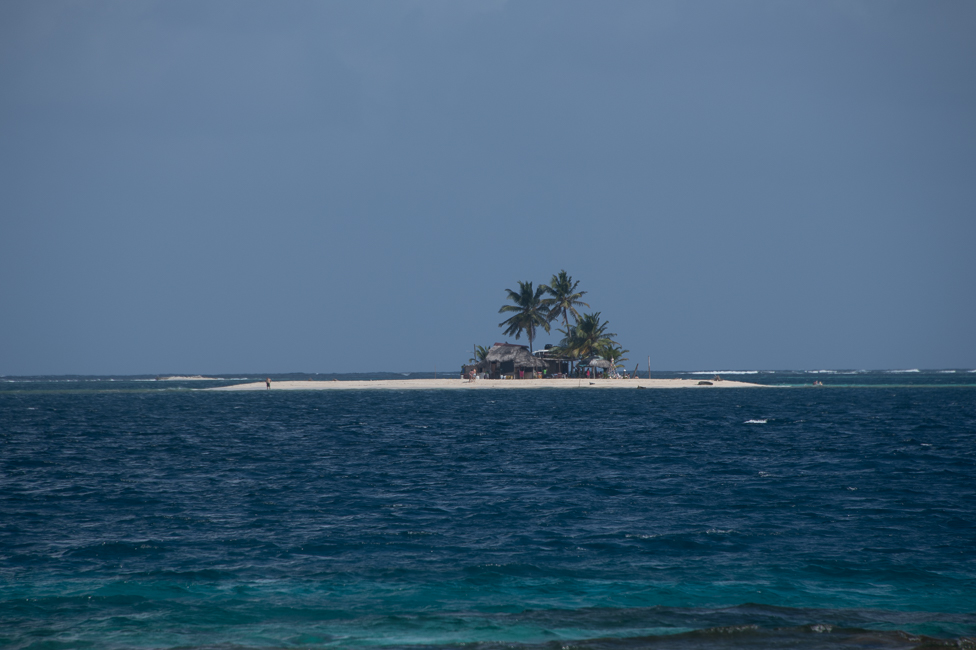 The archipelago faces the Caribbean Sea and consists of around 378 islands, scattered over an area of around 100 square miles. The majority of the islands are not inhabited, but the approximately 49 that are, house the Guna people. The major inhabited islands consist of Aguja Island, Guanidup Island, Chichimei, Yandup Island and the capital El Porvenir. It is believed that around 50,000 Guna live on the islands, while 300,000 live in Panama, Costa Rica and Columbia.
The archipelago faces the Caribbean Sea and consists of around 378 islands, scattered over an area of around 100 square miles. The majority of the islands are not inhabited, but the approximately 49 that are, house the Guna people. The major inhabited islands consist of Aguja Island, Guanidup Island, Chichimei, Yandup Island and the capital El Porvenir. It is believed that around 50,000 Guna live on the islands, while 300,000 live in Panama, Costa Rica and Columbia.
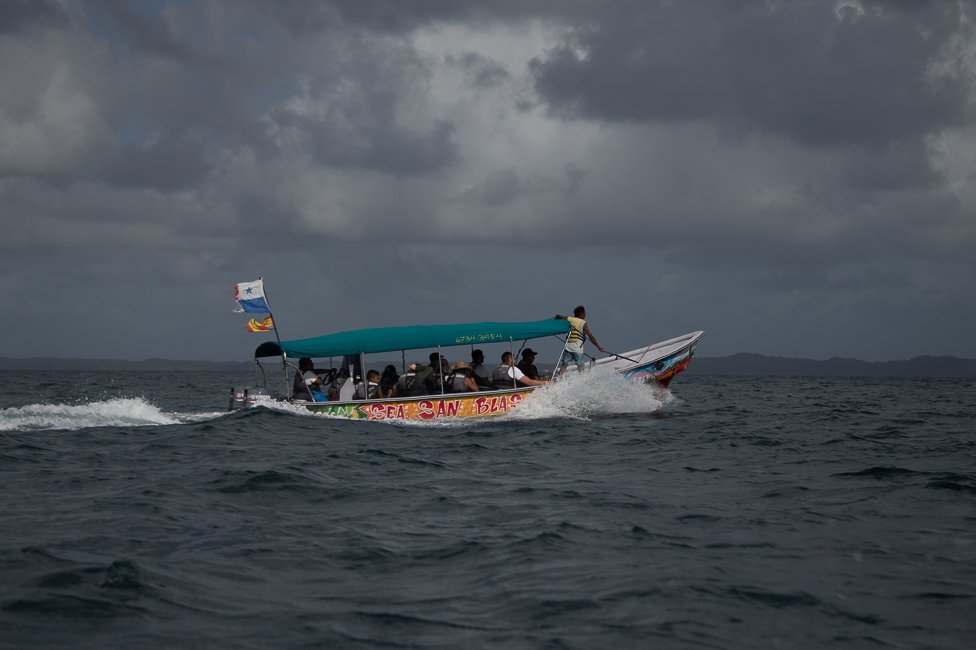
The only way to get to the islands is by boat. Either one of the hundreds that are shuttled back and forth by the locals or your own sailboat.
The Guna were driven from their original home in Colombia in the 16th century by invading Spanish colonizers. They first moved into the Darien Rainforest, then towards the coastal Mainland of Panama, and by the 19th century they had begun to move out to the islands where they now live in the semi-autonomous region they call Yala Guna.
Today, other than tourism, the mainstay of the communities are fishing and hunting. The children are educated on the islands and the Guna worship a god named Erragon, who they believe came and died just for the Guna people, but you will also find Catholicism and Mormonism practiced on the islands.
Before the arrival of Europeans, the Guna wore few clothes and decorated their bodies with brightly colored designs. When encouraged to wear clothes by the missionaries, they copied these designs in their molas, which they wore as clothing.
Mola, which originally meant bird plumage, is the Guna word for clothing now the word mola has come to mean the elaborate embroidered panels for sale you can see hanging to the right of the woman above..
The Guna Yala Flag dates from 1924 when Ologindibibbilele, the General Chief of the County, asked his wife and granddaughter to make a flag that would represent the struggle of the Guna revolution.
The Guna have two flags of Guna Yala, one representing their community and the other the revolution.
The flag representing the community consists of three stripes of colors: a red upper band, a yellow middle band and a lower green band. It also contains 8 stars and two crossed forearms in the middle. They symbols are as follows:
- The red represents the blood shed by ancestors from the beginning to the present day.
- The yellow represents the wealth of our land, abundant in gold. Therefore, it represents the value of our Dule people.
- The color Green: Represents the color of the forests of our land,
- Left Forearm: Represents the spirit of Igwaoginyabibbiler and the fight of Ologindibibbilrlr (Simral Colman)
- Right forearm: Represents the spirit of Nele Kantule, who with his fight replaced Simral Colman.
- The 8 stars: Represent the fighting spirit of the Ibeler brothers, who according to Guna history, at the birth of the Dule people, fought in defense of Mother Earth against evil spirits.
The parts of the revolution flag (on top of the pole) are as follows:
- Red Ribbon: Represents spilled blood
- Yellow Strip: Represents prosperity.
- The Black of the Cross: Represents the pain of those who were mistreated in the times of the revolution.
The islands and the stunning blue waters are truly a small paradise, but sadly, the islands could be rendered uninhabitable by sea level rise in the late 21st century
There are many wrecked ships amongst the islands, the one above has been there for over 50 years and was apparently a rum-runner. It is just off of Dog Island.
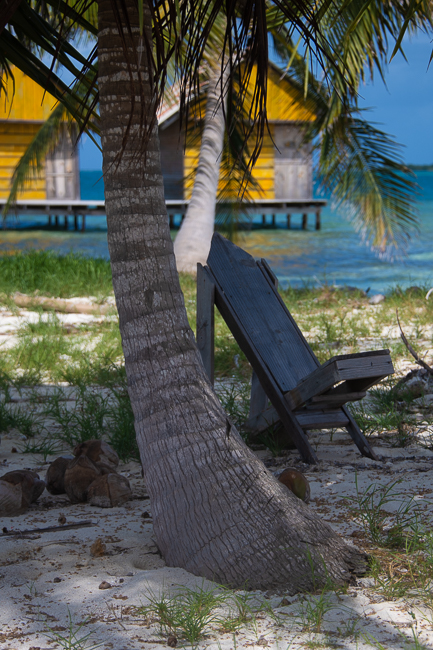
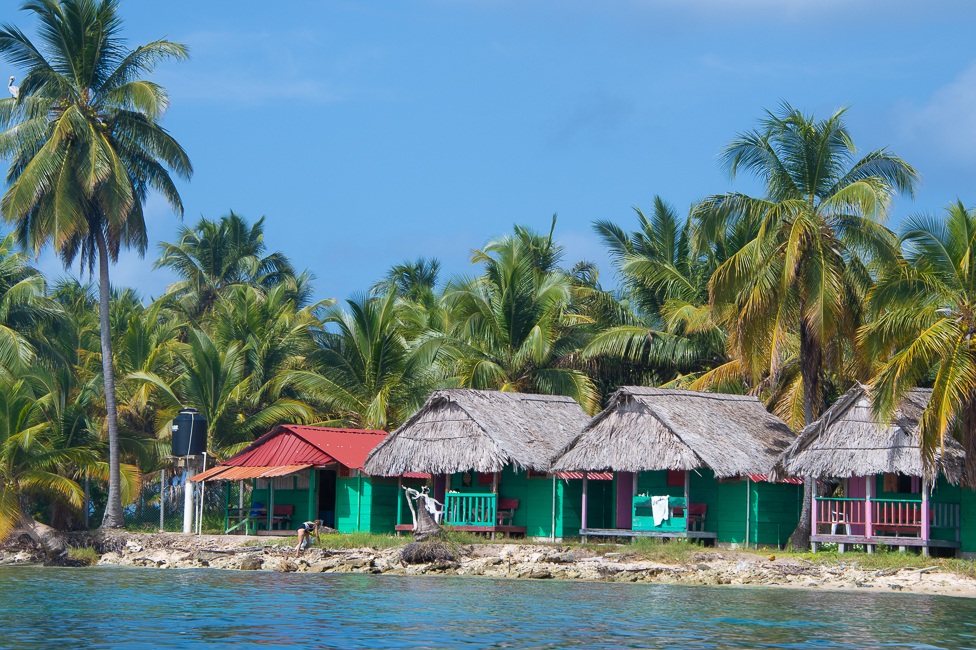
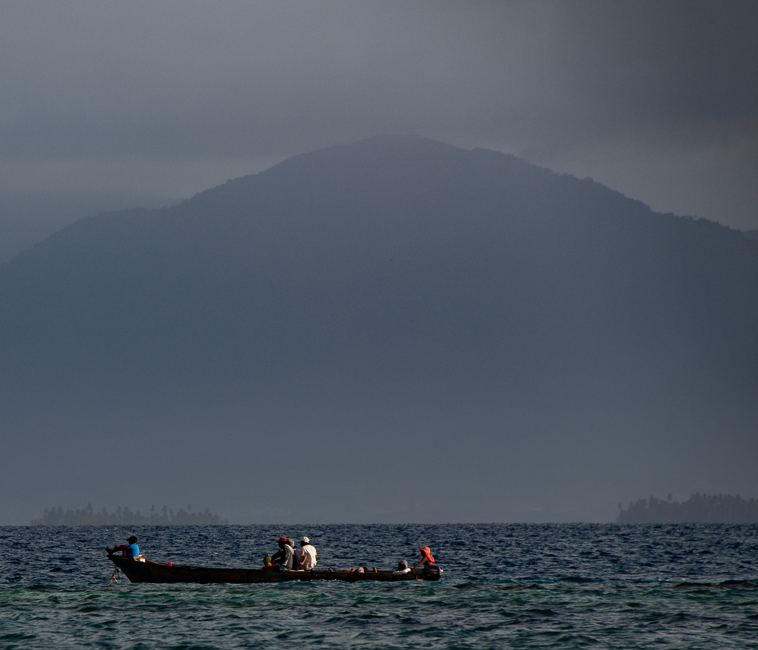
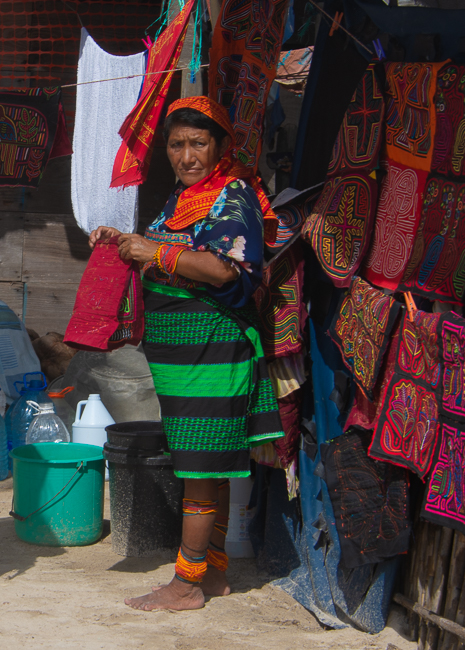
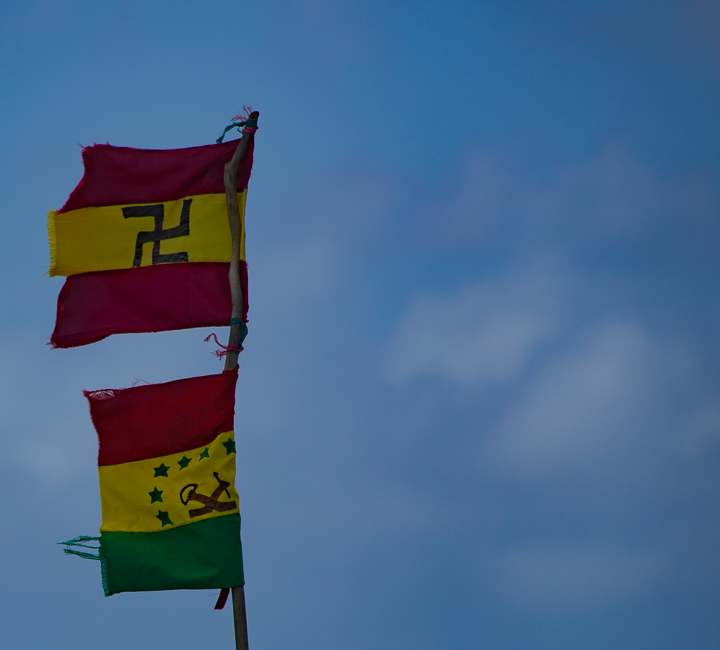
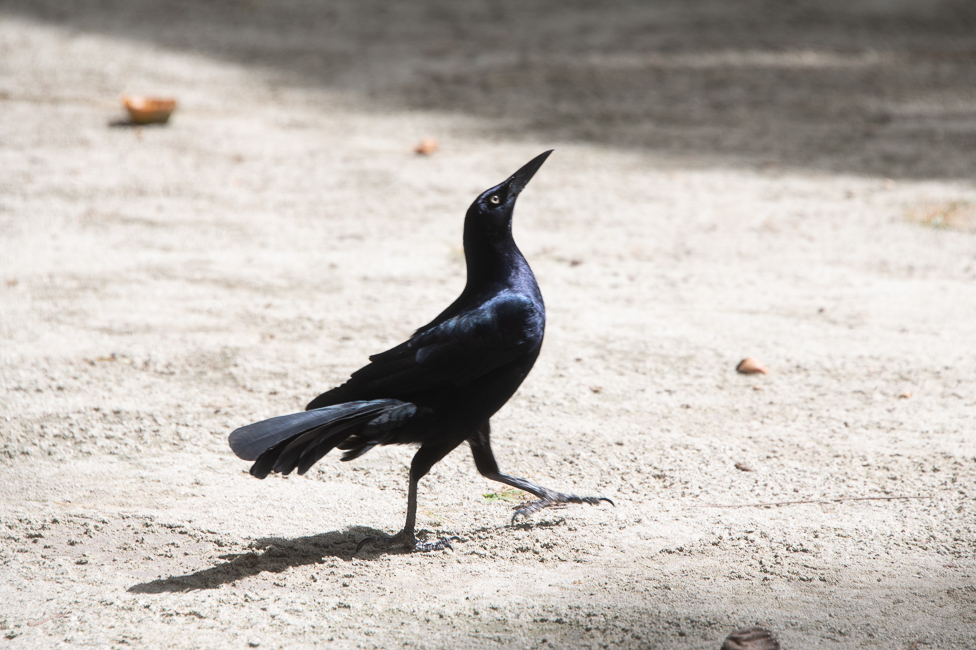


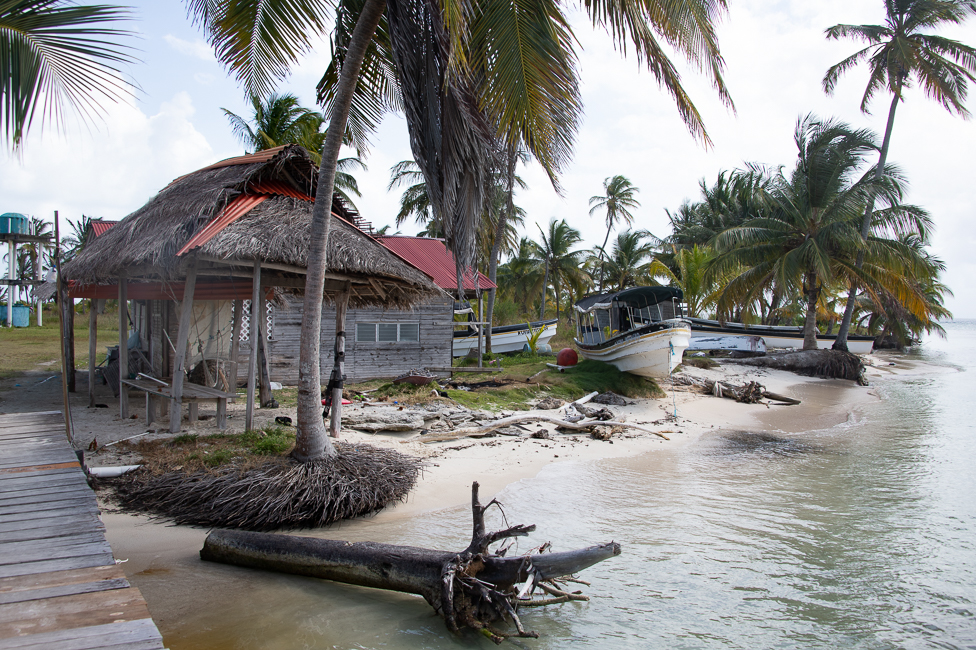
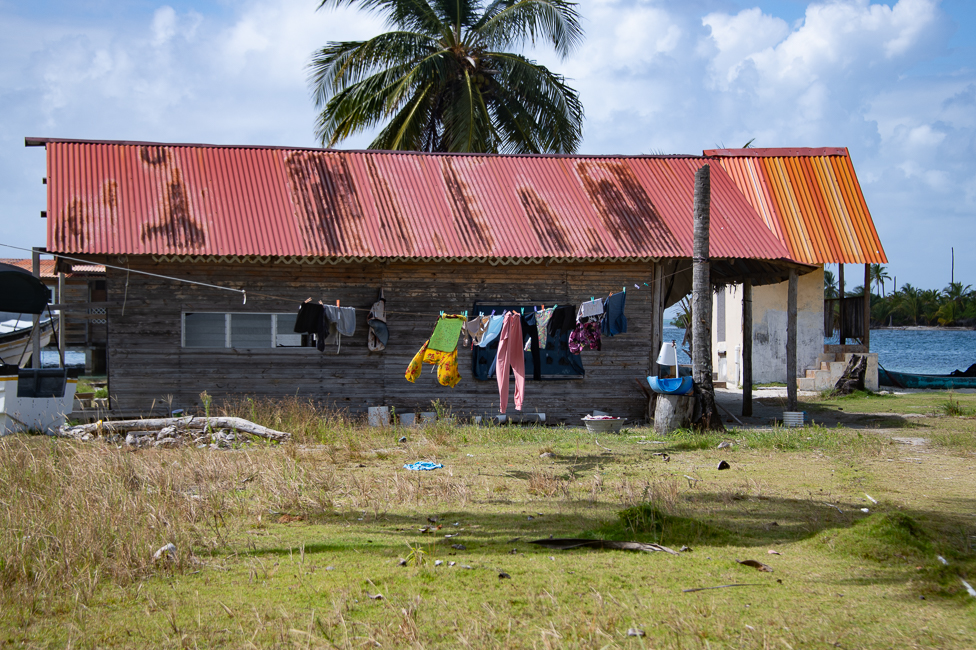
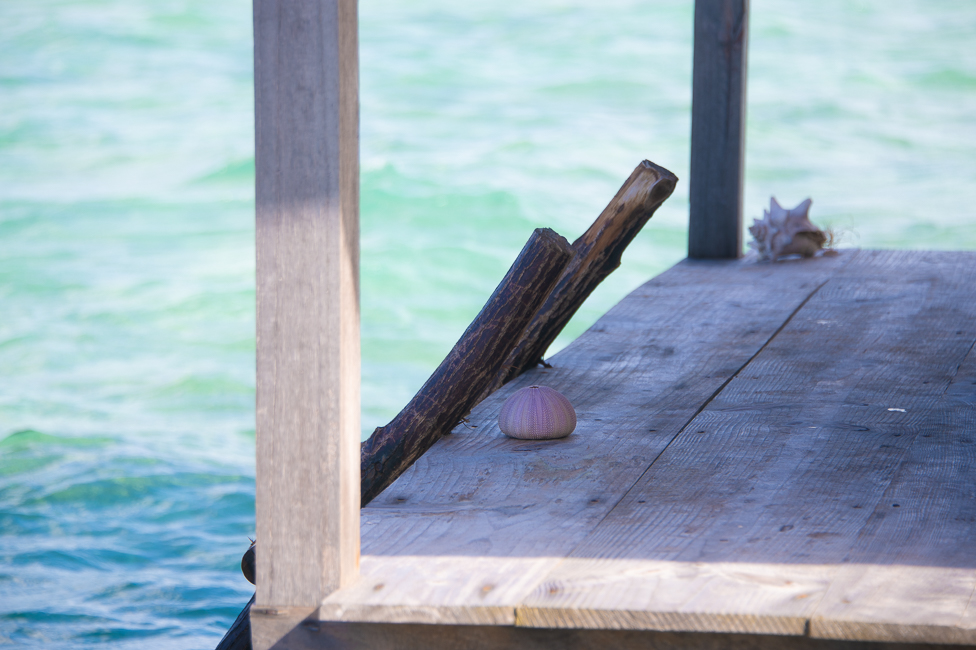
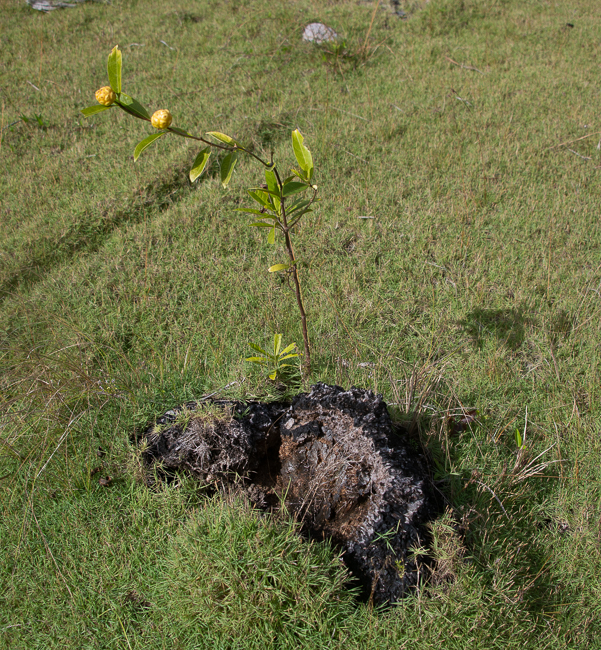 *
*